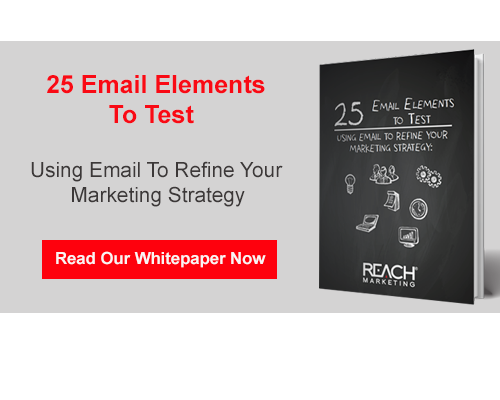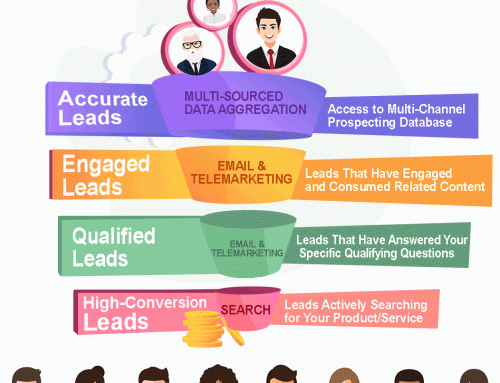
It’s one of the most frequently searched topics in email marketing: What should our CTR be? You’ll read general industry standards that vary by a few percentage points, but it’s tough to find a single definitive answer. There’s a reason for that – there isn’t a one-size-fits-all email CTR that all campaigns should reach. For one thing, audiences differ. For another, not every email serves the same purpose within a greater lead generation strategy.
Instead, let’s look at the factors that affect click-through rate so you can make informed choices about your email’s success rates:
Audience – The click-through rates for B2C are far more volatile than those for B2B lead gen. Even within the same email list, different audience segments have varied CTRs based on the nature of their industry, the cost of the product, the length of the sales cycle, and other factors.
Purpose – Not all email messages demand a high CTR. In drip nurture campaigns, dispensing useful information and compelling content to leads has a cumulative effect; they may not click through with these particular emails, but the effect of that knowledge is cumulative, leading to higher CTRs when it counts most. It’s acceptable to have a low CTR in these delayed-gratification campaigns as long as open rates look good.
Call to Action – An effective, purposeful call to action can produce markedly higher CTRs than messages with a diffuse call to action or multiple actions in the same email. If you’re asking leads to click through to different destinations, each call to action may have a low CTR, but the overall click-through rate for the email might be on par with other mailings.
Relevance – High CTRs correlate with high degrees of relevance. To earn them, you have to lay the groundwork with careful audience segmentation and email customization.
Email with a more general purpose in mind also has its uses, but CTRs will invariably be lower for these less targeted mailings.
Frequency – When recipients get email from you frequently, CTRs per piece tend to be lower. If they hear from you too infrequently, audiences are also less likely to click through. Find your frequency sweet spot for each audience segment to keep CTRs higher. Keep in mind that the ideal frequency can vary between audience segments and may change over time, so keep an eye on your metrics to stay in the Goldilocks zone.
Content – A newsletter that’s content-rich and answers recipients’ questions even before they’ve asked them has done a great job of building your authority and guiding leads closer to action, but it may not produce a high click-through rate. Sometimes it’s preferable to give audiences a taste of content and ask for a click through to the rest; other times, you’re better off giving them whole pieces of information within an email message. A smart lead gen strategy uses both kinds of content delivery to keep audiences interested.
Why Is CTR Important?
With so many variables that affect CTR, it’s worth asking what monitoring click-through rates can tell you about your campaign. It’s still a vital tool for monitoring email marketing successes over time, and it’s an important indicator of engagement. ISPs look at CTR as a contributing factor for decisions about email senders’ trust levels, so higher CTRs translate directly into better deliverability.
CTR is a part of the whole engagement picture that also includes forwarded emails, social media activity, length of time spent on-site, downloads, and other signals of interest. It’s well worth watching, but the most important way to determine if your CTR is high enough is to measure it against your own history. When you see CTRs climb over time, your lead gen strategy is on the right track.
© Reach Marketing LLC 2016 All Rights Reserved.





